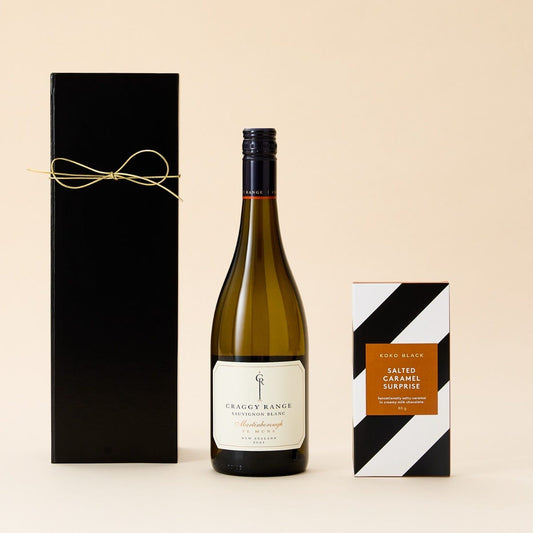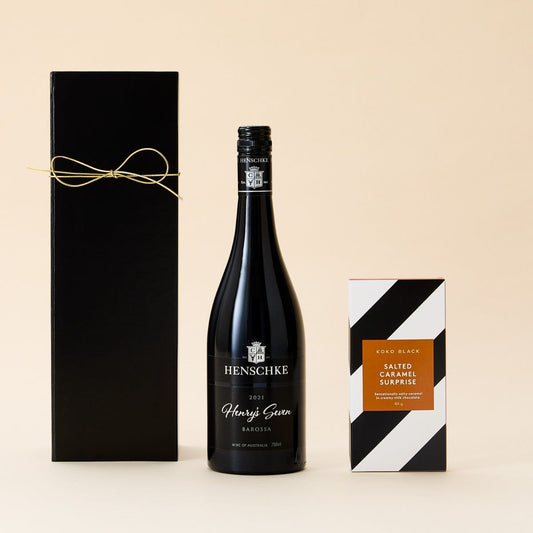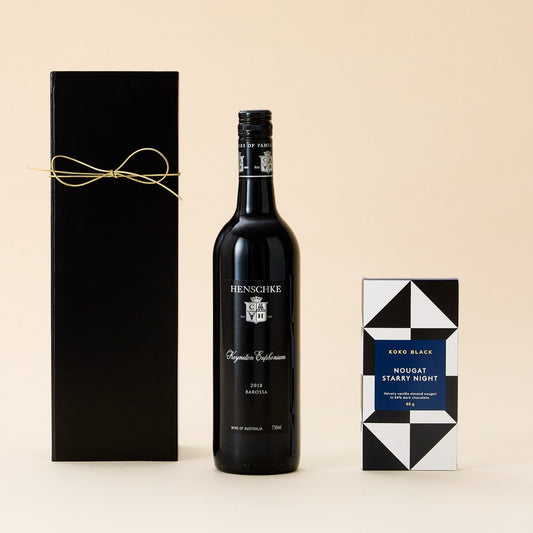How to take care of your skin BEFORE you get burnt
Feeling a little peachy there? The days of slip, slop, slap are over. Now, we consecutively sleek and slide. We've got our broad-rimmed hats and striped togs covered but that sun still seems to steep through and are still leaving us rouge (with rage, naturally). Little confused why you're still burning up this summer? Us too.
My fellow Aussie women are reported to be ageing twenty years faster than women in the US due to the effects of the sun down under. We are all made extremely aware of the harsh realities that sun damage can bring, but the question that keeps popping up is: Physical or a Chemical Sunscreen - what should you be using?

Physical Sunscreen can be defined exactly how it sounds - a physical layer or 'blocker' to the skin against UVA and UVB rays - think Bondi Rescue white zinc situation in it's more classical form.
Don’t worry - you wont be heading to the beach with stripes across your face. Although physical sunscreen formulations tend to be thicker and may leave a white-ish cast on the skin (it can look a little bit chalky under make up for daily use), the naturally broad spectrum formulation deflects heat and energy off and away from the skin so it's suitable for sufferer of eczema, rosacea and redness.
Added bonus - no waiting time is needed and it has a long shelf life. It starts protecting your skin as soon as its applied - it's that easy! However, it does rinse of easily in water or with those inevitable summer sweats, so make sure you apply thoroughly.
That being said, they're jam packed with active mineral ingredients like titanium dioxide and zinc oxide which sit on top of the skin, deflecting UV rays. For my acne-sufferers (like myself), it is less likely to clog your pores - an absolute win for blemish-prone skin!
Chemical Sunscreen is absorbed into the pores, hence, the UV rays are transformed into heat that is then released from the skin - it's known as a chemical absorber. So, for my hot-skinned friends that get a little itchy and dry, this guy will exasperate those irritations due to the added heat. The higher the SPF, the higher the irritation for sensitive skin types with an increased chance of rosacea and redness. Further, you’ve got to wait ten minutes before jumping in the sun, that way it can do it's thing and start protecting.
The formulations tend to be much thinner and easily spreadable, so feel free to play chemist at home (please proceed with caution!) and mix in additional UV-fighting treatments such as a peptide or enzyme. Chemical sunscreens contain organic (carbon base) compounds like oxybenzone, avobenzone, and oxtinoxate - but, please note these have been banned in Hawaii due to it's risks of coral depletion from its "wipe-away" formulation - it comes off pretty easy when in the water!

After a long day in the sun, we recommended relaxing with this, the scent will get you in the mood for a chilled evening ahead. Thank me later.
Remember!
If you're tanning - your skin is in a state of trauma, that peachy glow is best kept to your blush.
11-3, stay under a tree, and reapply a shot glass (35ml) worth of sunscreen to cover your body. Reapply regularly (every two hours) or after swimming/ towelling - it doesn’t matter what kind of complexion you have, the sun is no-ones friend.
Purchase a sunscreen that protects against all sort of rays - UVA protecting your skin from ageing (preventing those fine lines and wrinkles) and UVB preventing all burning, frying and all coral tones from happening.
SPF is a measurement of time, SPF 50 means it takes 50 times longer for your skin to burn, whereas 30 refers to 30 times longer for your skin to burn.
Happy sunscreening!
Published by 18/04/2019 by Leonie Henzell CEO beauty's got soul





